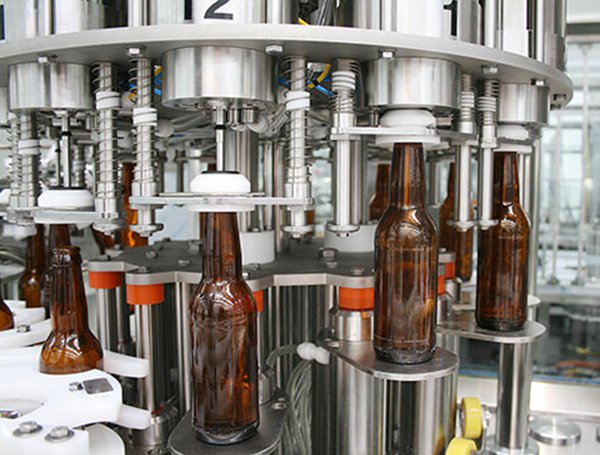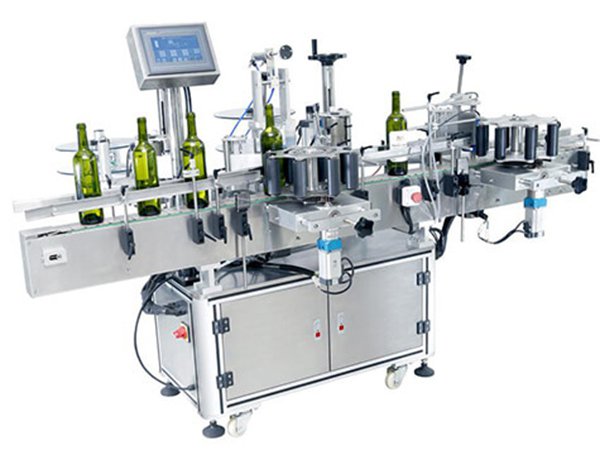- WhatsApp: / 008613773256419
- Email: Jessy@fillex-packer.com
Beer making is one of the most difficult processes in the food industry. To obtain high quality beverage brewers need to take into account the many nuances and carefully select ingredients. Next we’ll have a look at the important stages of brewing technology which is used by most modern factories.
1.First barley malt is crushed, but the grains should not be turned into a homogeneous mass. Large and small grains should be contained in the must. This is called malt milling. The ratio of large and small particles is significantly different in various types of beer.

Then malt grist gets mixed with water. This process is called “mashing”, and the resulting mixture is called mash. When water is added barley enzymes begin to break down starch into maltose. To speed up the fermentation brewers heat up mash to a temperature of 168.8°F/76°C.
Then the finished must is filtered. Boiled mash is poured from a pot into a sieve which is sealed at the bottom. Mashed malt is kept for some time, until the solid particles, which are called brewer’s grain, don’t settle. When the sieve is opened, the clear liquid must start to seep through it and a layer of grains. It is collected in a special pot for brewing afterward.
2. Boiling the must. Previously obtained must is heated up, brought to a boiling state. Then hops are added. The amount of cones depends on the type of beer and brewer’s preferences. Each recipe uses a different number of hops.

The must boiling takes about 2-3 hours. During this process, all microorganisms are killed and enzymes are destroyed so that any further chemical reactions are not possible. It is at this stage that brewers gain the fixed density of the initial must, which on the label of the finished product is referred to as original gravity .
Then the boiled must is filtered from the remnants of hops and is left to settle. The smallest particles, which could not be filtered at an early stage, will fall out at the bottom. Also, some factories use an express technology of removing unwanted residues with a centrifuge.
3. Fermentation. Pure must flows through the pipes to a bottom of the fermentation tanks, which are called cylinder-conic tanks. After the must has cooled, yeast is added to the tank. For top fermentation beer the must is cooled to 64.4-71.6°F/18-22°C before adding yeast; for the bottom-fermenting beer – to 41-50°F/5-10°C.
After a day of the yeast laying a thick layer of foam is formed on the surface of the fermentation tank. This means that yeast successfully began converting sugar into alcohol and carbon dioxide. During the fermentation a lot of heat is produced, so the must require constant cooling, the temperature must be stable.
During the fermentation, brewers monitor the concentration of carbon dioxide in the tanks. When it reaches the maximum level, gas is discharged through special pipes. The fermentation stops after all of the sugar contained in beer is processed by yeast.

4. Maturation. In the previous steps, we got a new unfiltered beer which requires further maturation . For maturation, you need large stainless steel tanks. The process lasts from a few weeks to four months.
During maturation you need to maintain a stable temperature and pressure in the tank, these parameters should not change. In modern enterprises, the technological process is controlled with special equipment that can automatically adjust the temperature and pressure.
5. Filtration. After maturation, the beer passes another filtering with two different filters designed to remove large and small particles. After this the foamy beverage is absolutely transparent and ready for bottling.
6. Bottling. During the final stage of production, beer is poured into containers of different kinds. Before filling bottles, kegs, barrels should be washed thoroughly. Then you should remove the air that got inside. Beer is a short-life beverage which requires sterile conditions. Without them, the shelf-life of the finished product is very small and its taste noticeably deteriorates. During the bottling glass containers are pasteurized in advance – slowly heated up to 149°F/65°C, which significantly extends the shelf-life of beer.
With 15 years rich experience,Fillex beer production line with good quality, advanced technology, reasonable design, can produce high quality products to occupy the market, save cost, reduce the energy consumption and improve economic benefits. Contact us now if you're interested in any of our products.